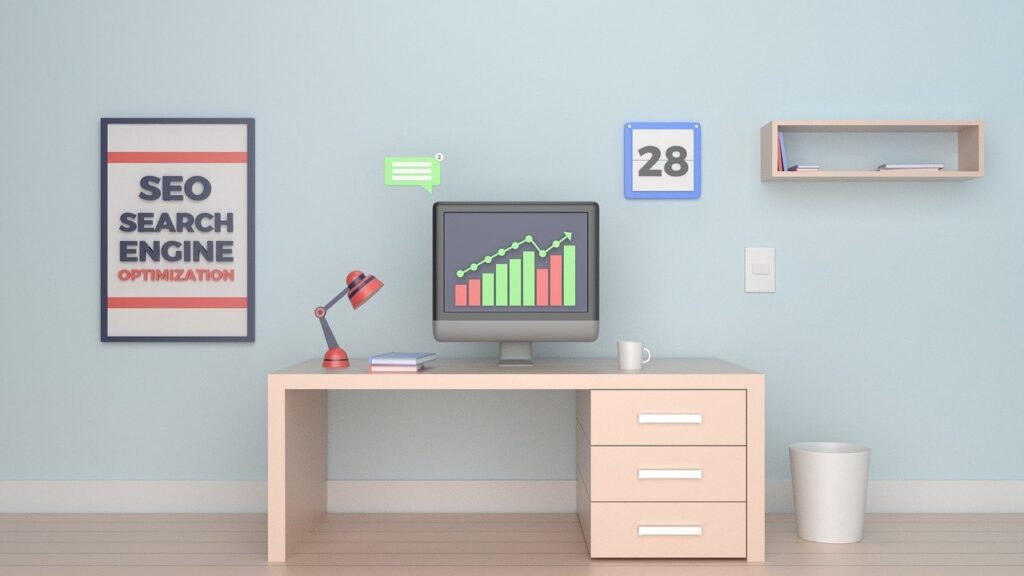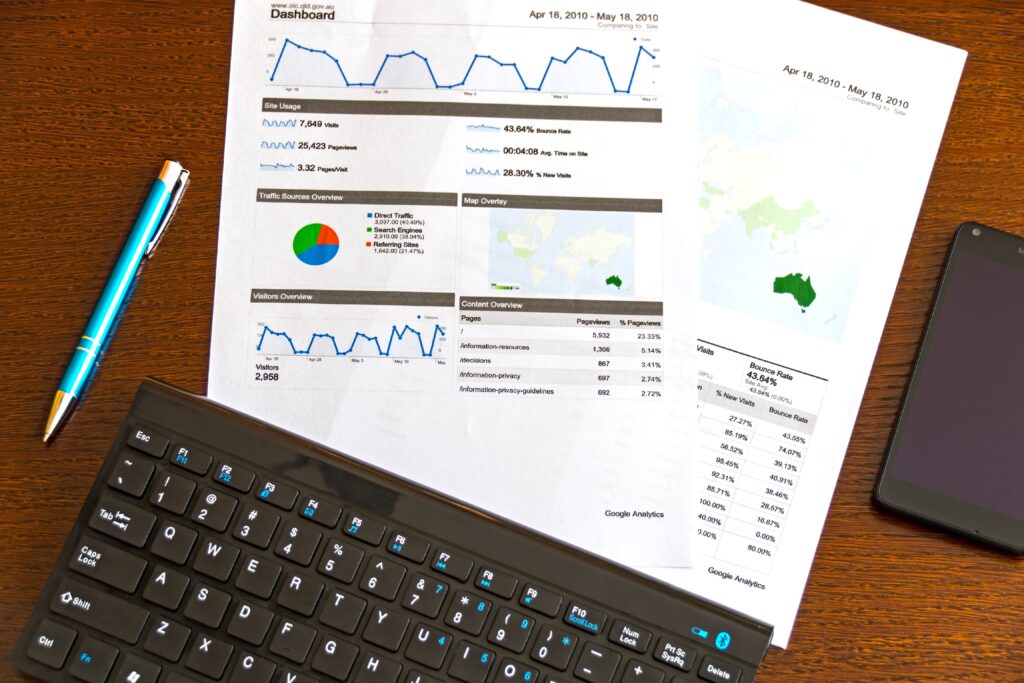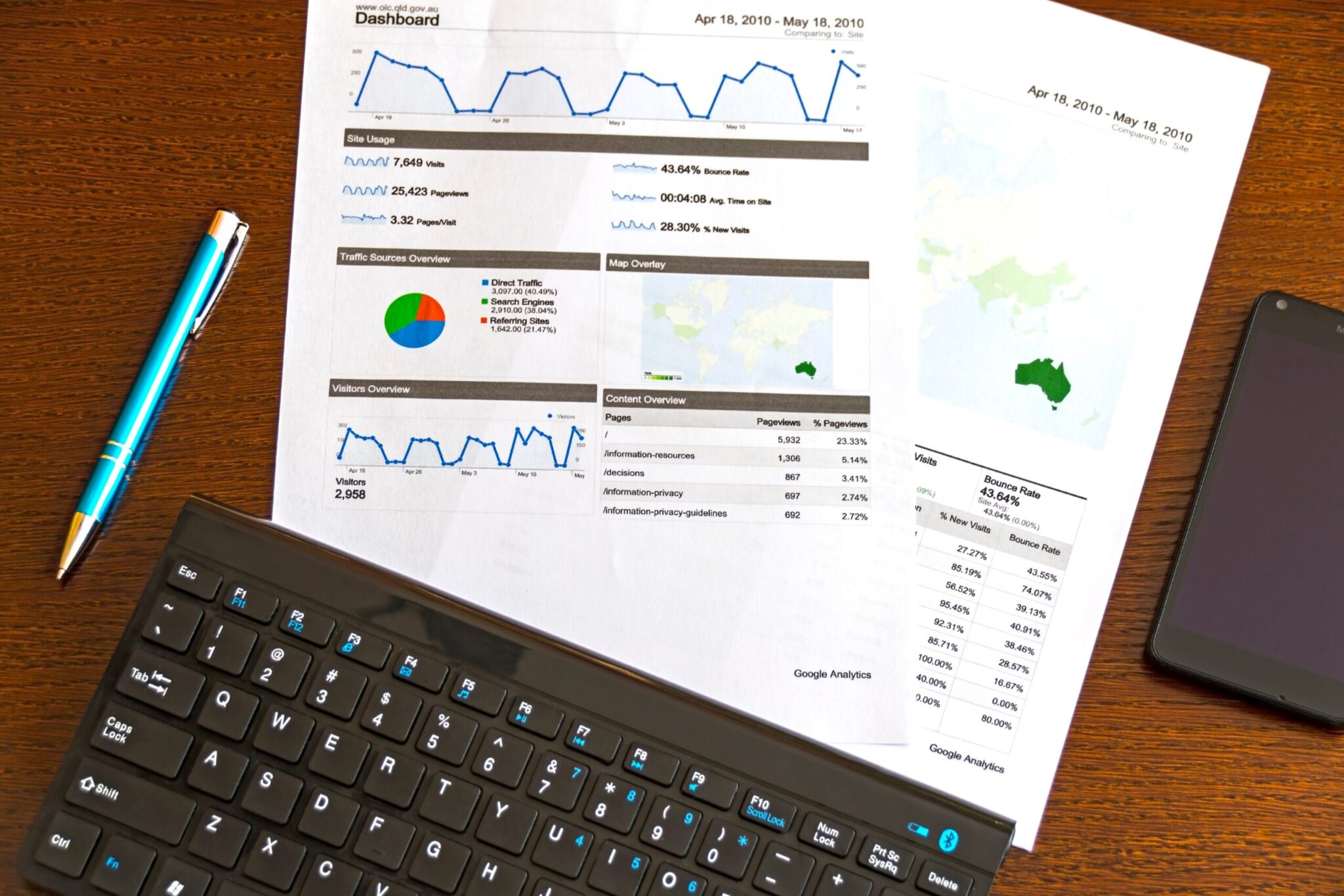The unstoppable speed of new technologies and the redefinition of the sales processes of multiple companies and businesses (driven by the global health emergency that we are experiencing) has caused an exponential growth of electronic commerce, in a timely manner.
According to reports, the total business volume of electronic commerce in LA is growing at an annual rate of 25%. Ecommerce has emerged as a one-way profit industry for tech giants. Logistics and distribution will be key aspects that will determine the future of electronic commerce and is that buying online reveals very valuable data on trends, consumption habits, and sociodemographic profiles of users, essential for the definition and implementation of strategies of marketing.
In the struggle for the user, marketplaces are forced to think about the most convenient service and tools that improve it – from voice assistants to augmented reality.

The e-commerce trends fueled by the pandemic continue to gain momentum, with players still focusing on personalization, simplified product selection such as subscriptions, and the use of augmented and virtual reality to maximize the convergence of online and offline shopping experiences.
According to Data Insight, during the pandemic, the online trading market social media marketing in Los Angeles grew by 40% and reached 60 – 65 million people. By the end of 2021, agency analysts predict market growth by 20%.
The evolution of the number of Internet users in the world reveals to us how electronic commerce grows exponentially, at a dizzying rate with multiple changes accompanied in turn by technological advances. In 2019, e-commerce reached 75% of all internet users worldwide.
Voice search
Voice search makes life easier for users: even if they don’t remember how to spell a brand name, they can easily find it using voice commerce. To do this, marketplaces use built-in voice search services such as Dragon Anywhere, Google Now. Almost half of Amazon users buy products using the Amazon Echo voice search service. In LA, alternative services are also gaining popularity.
According to research, almost 25% of shoppers prefer voice search when shopping online. Voice search is useful when you urgently need to find a product, while it can increase product sales by up to 10%. According to GlobalWebIndex, over the past year, users have started to prefer voice search by 9% more often – approximately 43% of Internet users aged 16 to 64 regularly use voice search.
Artificial Intelligence
Artificial intelligence (AI) capabilities allow online stores to compete for user attention through personalization. The site is able to select products that users will like and sort them according to specified characteristics: price, brand, functionality. At the same time, AI simplifies international trade by composing and translating automated product descriptions.
Machine learning and chatbots help drive sales. They are the ones who are involved in the compilation of wishlists and the selection of trends and recommendations based on previous purchases, due to which the store can receive almost half of the sales. At eBay, AI was trained by analyzing over 130 million images before describing products.
AI services are able to tailor SEO promotion, optimize marketing strategy, and collect data on user behavior and how well investments are performing. Chatbots can be used to increase conversions, collect data on user behavior, personalized product selection.
Fast-food delivery service uses its own AI product to adjust the volume of orders from suppliers when demand changes. Lamoda’s personalized auto-targeting is working at all stages of the sales funnel to drive sales, which has already increased total revenue by $ 15 million.

Blockchain
This technology helps make purchases secure, protects customers from fraud, and simplifies payment methods. There are platforms that already have a prototype of a blockchain platform that allows placing orders with deferred payment. Similar technology is already being used.
Blockchain improves the efficiency of online trading at all stages: for example, there are services that help to control the supply chain, Revain – to select real reviews on products, Veche – anonymously vote in real-time, GraphGrail – to create bots that recognize natural speech.
Presence effect
Almost 90% of marketers consider video content to be the best way to engage users on online platforms. The better the content, the more time the user spends on the page, the higher his loyalty, the higher the conversion, and the lower the percentage of returns.
To ensure the growth of loyalty, you need high-quality content, nice design, noticeable photos, competent descriptions, and a detailed product review. In this case, the buyer gets a good impression of the store, and this increases the conversion into a buyer, reduces the percentage of returns, and increases the likelihood of re-sale.
With virtual shoe-fitting, Lamoda increased conversions by 9% and reduced product selection by 15%. Zalando and Texel use virtual fitting rooms and 3D models to find the perfect size and reduce returns. Sephora uses L’oreal Signature Faces virtual make-up.
During a pandemic, shoppers cannot see and evaluate products live, so the popularity of live streaming sales is growing. In LA, this format was tested, for example, by 24TTL in partnership with niche influencers and received 6,000 purchases from 48 online platforms.
Subscription services
Delivery by subscription allows you to save time for the user – he does not need to spend energy searching and choosing a product. During the pandemic, 20% of US residents ordered goods by subscription, from clothing to grocery delivery. It is expected that 75% of brands will offer this service by 2023.

Free shipping
All things being equal, users always prefer free shipping stores. Walmart previously launched a free shipping subscription for orders over a certain amount and later extended it to all products. Delivery often becomes a decisive factor in choosing a marketplace.
All major marketplaces have faced a manifold increase in the number of applications from partners during the pandemic. They gained 17 million new users, bringing the share of e-commerce in retail to 10.9%.
Delivery is the strong point of marketplaces, their capacities allow building routes for couriers, faster delivery (for example, within 15 minutes), and cheaper for partners.


